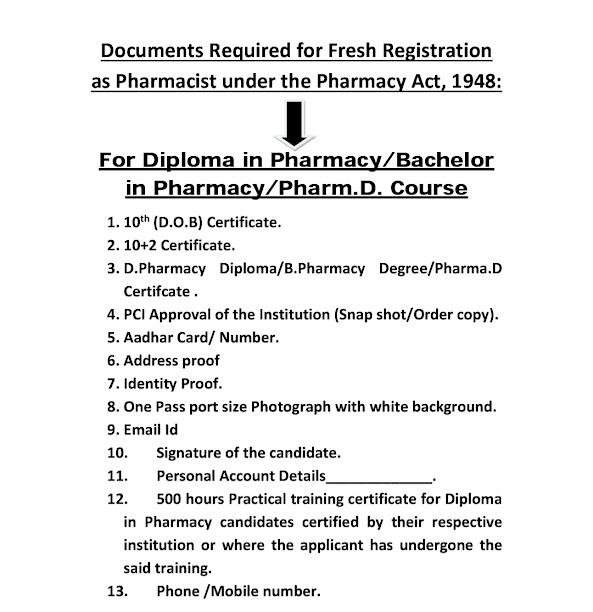1.
Introduction
High-Performance
Liquid Chromatography(HPLC: formerly
referrd to ashigh-pressour liquid
Chrometography), is a techique in analytical chemistry used to separate,
identify, and quantify each component in a mixture.
The principle of chrometography, in chromatography a
liquid is pumped through a bed of particles. The liquid is called the mobile
phase and the particle the staionary phase . High performance liquid chrometography high performance liquid
chrometography (HPLC) is basicallly a highy improved from liquid
chrometography. Instead of solvent being chrometograhy allowed todrip though a
column under gravity, it is forced through under high pressur of up to 400
atmospheres.That makes it much faster. All chrometograhy separation ,
includinHPLC operate under the sane basic principle; sepration of a samll into
it’s constituent parts because of the
difference in the relative affinities of defferent molecules for the mobile
phase and the stationary phase used in the sepration.
2.
Instrumentation of
HPLC
3.
HPLC Tuoubleshooting
A.
Peak Tailing
|
Possible
Cause
|
Solution
|
|
1. Blocked
frit
|
1.
a. Reverse
flush column ( if allowed)
b. Replace
inlet frit
c. Replace
Column
|
|
2. Column
Void
|
2. Fill
void
|
|
3.
Interfering peak
|
3.
a. Use longer column
b. Change mobile phase and / or column/ selectivity
|
|
4.Wrong mobile phase pH
|
4.
a. Adjust pH
b. For basic compounds, lower pH usually provide more symmetric
peak.
|
|
4. Sample
reacting with active site
|
5.
a. Add
ion pair reagent or volatile basic modifier
b. Change
column
|
B.
Peak Pronting
|
Possible
Cause
|
Solution
|
|
1. Low
temperature
|
1.Increase
cloumn temerature
|
|
2. Wrong
sample solvent
|
2.Use
mobile phase for injection solvent
|
|
3. Sample
overload
|
3.Decrase
sample concentration
|
|
4. Bad
Column
|
4.See
A.1 and A.2
|
C.
Split Peaks
|
Possible
Cause
|
Solution
|
|
1.
Contamination on guard or
analytical column inlet
Fig. Split Peaks
|
1.
a.Remove guard column and
attempt analysis.
b.Replace guard if necessary
c.If analytical column is
obstructed, reverse and flush
d.If problam persists, column
may be fouled with strongly reatined contaminats
e.Use appropriate restration
procedure
f.If problam persists, inlet is
probably plugged
g.Change frit or replace column
|
|
2. Sample
solvent incompatible with mobile phase
|
2.Change
solvent; whenever possible, inject samples in mobile phase
|
D.
Distortion of Larger peaks
|
Possible
Cause
|
Solution
|
|
1. Sample
overload
|
1.Reduce
sample size
|
E.
Distoration of Early Peaks
|
Possible
Cause
|
Solution
|
|
1. Wrong
injection
|
1.
a.
Reduce injection volume
b.
Use weaker injection solvent
|
F.
Extra peaks
|
Possible
Cause
|
Solution
|
|
1. Other
components in sample
|
1.Normal
|
|
2. Late-
eluting peak from previous injection
|
2.
a.
Increase run time or gradient slope
b.
Increase flow rate
|
|
3. Vacancy
or ghost peaks
|
3.
a.
cheak purity of mobile phase
b.
Use mobile phase as injection solvent
c.
Reduce injection volume
|
G.
Retention Time Drifts
|
Possible
Cause
|
Solution
|
|
1. Poor
temperature control
|
1.Thermotat
column
|
|
2. Mobile
phase changing
|
2.Prevent
change (evaporation, reaction.)
|
H.
Abrupt Retention Time Change
|
Possible
Cause
|
Solution
|
|
1.
Flow rate change
|
1.Reset flow rate
|
|
2.
Air bubble in pump
|
2.Bleed air from pump
|
|
3. Improper
mobile phase
|
3.
a. Replace with proper mobile phase
b.Set proper mobile phase mixture
on
|
|
4. Weak
detectour lamp
|
4.Replace lamp
|
|
5. Column
leaking silica or packing material
|
5.Replace Column
|
|
6. Mobile
phase mixture inadequate or malfunctioning
|
7. Repair
or replace the mix offline if isocratic
|
I.
Broad Peaks
|
Possible
Cause
|
Solution
|
|
1. Mobile
phase composition changed
|
1.Prepare
new mobile phase
|
|
2. Mobile-phase
flow rate too low
|
2.Adjust
flow rate
|
|
3. Leaks
|
3.
a. See Section 3
b. Cheak for loose fittings
c. Cheak pump for leaks, salt build-
up , and unsual noises
d. Change seals if necessary
|
|
4. Detector
setting incorrect
|
4.Adjust
setting
|
|
5. Extra-column
effect:
a.
Column overloaded
b.
Detectore response time oe call
volume too large
c.
Tubing between column and
dectector too long or ID too larg
d.
Recorder response time too high
|
5.
a.
Inject smaller column (e.g. 10µl
vs. 100 µl) or 1:100 and 1:100 dilution of sample
b.
Reduce response time oe use
smaller call
c.
Use as short a piece of
0.007-0..10. inch ID tubing as practical
d.
Reduce respose time
|
|
6. Buffer
concentration too low
|
6.Increase
concentration
|
|
7. Guard
column contaminated / worn out
|
7.Replace guard colunm
|
|
8. Column
contaminateds / worn out: low plate number
|
|
|
9. Void
at column inlet
|
|
Comming Soon............................
Drx. Atul Jaiswal , Sourabh Kushwah
and Vishal Kushwah




